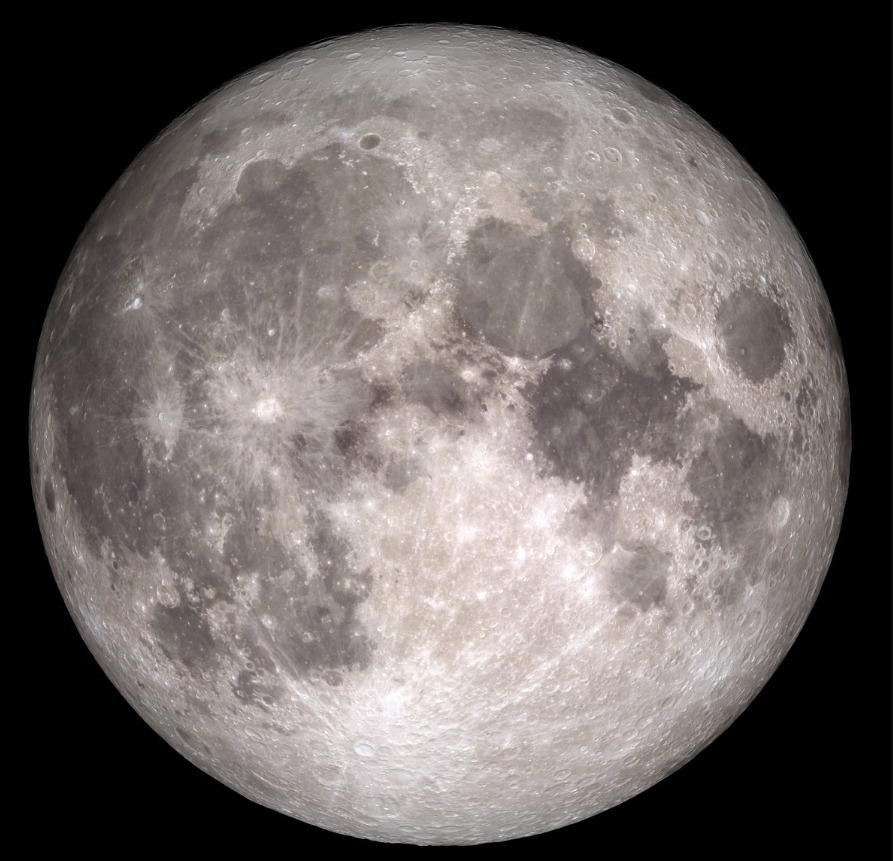Brace yourselves for lunatics, crazy drivers, and howling wolves because February is bringing us 2019’s biggest supermoon. Look on the literal bright side, at least it won’t ruin your romantic Day plans.
Called the Snow Moon according to Native American tradition, it will be 100% full on February 19. That’s 2/19/19, okay? You’ll have to check your local time zones to see when it will arrive in your area on that date.
According to Almanac.com, February’s moon is called Snow Moon and Hunger Moon because typically this month has the heaviest amounts of snowfall in North America. The Cherokee referred to it as “Bone Moon” because food scarcity made it so people ate bone marrow soup.
What makes this one so special? February is considered the largest supermoon of the year because it is the closest of the perigrees. Huh, you say? A perigree is the point in the moon’s orbit where it is the closest to Earth. In addition to that fun fact, stats say that to our eyes, supermoons appear to be about 15% larger and 30% brighter than the regular-schmegular full moon.
No telescope needed! Think of it as one of those opportunities to snap a photo of your hand – not your fingers – holding the moon. It will be at its brightest! You will want to recreate that epic scene from ET, shoot videos, and go dance under its beams – if weather permits. Enjoy it, because every moon after this one will be further away from our planet.
Continue to the Next Page …
Many of us will be able to see the sight during the day and night, depending on where you live. Although this one doesn’t include an eclipse like January’s Blood Wolf supermoon, it’s still worth a gaze. March will be the last super full moon of the year, but we can look forward to super new moons if you’re into that.
For the extra curious out there, full supermoons are less common than other moons (even though Earth only has one) but there are varying degrees as to what qualifies as one. EarthSky explains that going by Richard Noelle’s 1979 definition, it means this:
“A full moon or new moon has to come within 90 percent of its closest approach to Earth to be dubbed a supermoon. In other words, any full moon or new moon that comes to within 224,775 miles or 361,740 km (or less) of our planet, as measured from the centers of the moon and Earth, is a supermoon.”
Not every scientist agrees with this approach, but it is enough to get the general public excited and staring out of our winter windows at night. When the man in the moon is this close, why not go outside and give him a quick wave? Surely, the kids will love it!
Will you be taking a peek at the Snow Moon this month? Do you do anything special for supermoons or full moons in general? Notice any odd things during full moons?
Sources: Earthsky.org
